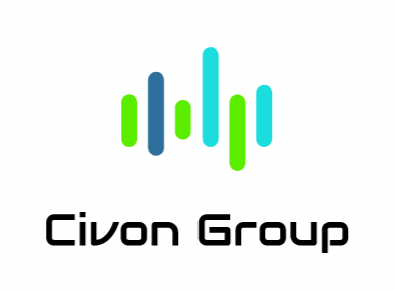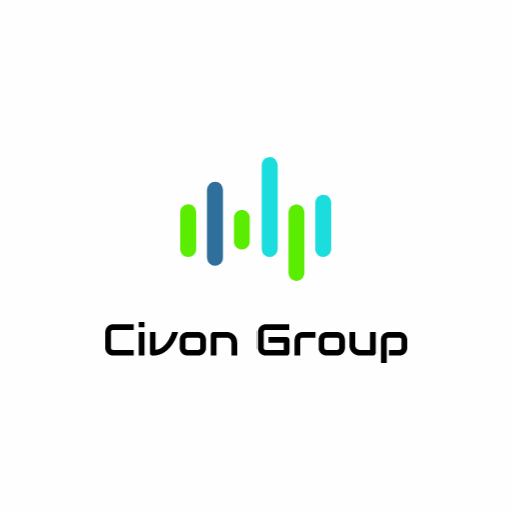Introduction
Leadership summits are transformative events that bring together decision-makers, executives, and thought leaders to align strategies, spark innovation, and build meaningful connections. These events are more than a calendar highlight—they are a strategic investment in the future of your organization.
However, hosting a successful leadership summit requires meticulous preparation, innovative engagement techniques, and a focus on measurable outcomes. This guide provides you with detailed, step-by-step instructions, real-world examples, and practical tools to plan and execute an impactful leadership summit.

What Is a Leadership Summit?
A leadership summit is a high-level gathering of organizational leaders designed to align vision, foster collaboration, and address key challenges. Unlike traditional conferences, these events emphasize actionable outcomes and leadership development.
Core Objectives of a Leadership Summit:
- Align leadership on strategic goals and priorities.
- Create a platform for innovation and idea-sharing.
- Build stronger relationships across leadership tiers.
- Drive decisions that lead to organizational growth.
Example:
A technology company hosting a leadership summit focused on integrating artificial intelligence across its operations might include sessions on innovation in AI, cross-departmental strategy discussions, and workshops for developing AI leadership skills.
The Benefits of Hosting a Leadership Summit
1. Strategic Alignment
Summits align leaders on priorities, ensuring a unified vision. Misalignment can cause confusion, inefficiency, and even failure to execute key initiatives.
Real-World Insight:
A 2022 leadership summit for a global retailer resulted in a company-wide commitment to sustainability, enabling streamlined decisions on green initiatives across departments.
2. Fostering Innovation
By gathering diverse perspectives, summits create an environment for breakthrough ideas. Innovation doesn’t happen in isolation, and summits provide the cross-pollination necessary to spark creativity.
Tip:
Dedicate sessions to brainstorming or innovation labs where participants collaborate to solve real-world problems.
3. Strengthening Relationships
In-person or virtual networking opportunities deepen trust and collaboration among leadership teams. Stronger relationships lead to smoother communication and better teamwork.
4. Accelerating Decision-Making
Having all key stakeholders in one room eliminates delays and miscommunication. Critical decisions can be made in real time with everyone aligned on the rationale and next steps.
Preparing for a Leadership Summit
Preparation is the foundation of a successful summit. Here’s a step-by-step approach to ensure nothing falls through the cracks:
Step 1: Define Clear Objectives
Start with a clear purpose. Use specific and measurable goals to guide your planning.
Examples:
- Define a three-year innovation strategy.
- Launch a new leadership training initiative.
- Develop action plans for tackling industry disruptions.
Step 2: Understand Your Audience
Create detailed attendee personas to tailor the agenda effectively.
Questions to Ask:
- What challenges do attendees face?
- Are they executives, middle managers, or both?
- Do they prefer data-driven presentations or hands-on workshops?
Tool Tip:
Use pre-event surveys to gather insights and shape your sessions accordingly.
Step 3: Assemble a High-Performing Planning Team
A strong team ensures smooth execution. Key roles include:
- Event Director: Oversees the entire process.
- Content Manager: Handles speaker selection and session content.
- Engagement Lead: Focuses on attendee experience and participation.
- Logistics Manager: Manages venue, catering, and tech setup.
Pro Tip:
Schedule regular team check-ins and establish clear deadlines for each milestone.
Step 4: Budget Strategically
Create a detailed budget that includes:
- Venue and catering costs.
- Speaker and facilitator fees.
- Marketing, attendee materials, and technology.
Resource:
Download budget templates from platforms like Eventbrite or WildApricot to streamline planning.
Step 5: Choose the Perfect Venue
The right venue sets the tone for your summit. Prioritize locations that are accessible and offer amenities like breakout rooms, high-speed internet, and hybrid event capabilities.
Designing the Leadership Summit
Step 6: Develop a Detailed Agenda
Your agenda is the heart of the summit. Strike a balance between structured presentations and interactive sessions.
Sample Agenda Components:
- Opening Keynote: Set the tone with an inspiring industry leader or CEO.
- Breakout Sessions: Small group discussions to tackle specific challenges.
- Interactive Workshops: Hands-on exercises to develop new skills.
- Panel Discussions: Diverse viewpoints on pressing issues.
- Networking Breaks: Provide informal opportunities to connect.
Case Study Example:
A healthcare organization’s leadership summit included a simulation workshop on responding to crisis scenarios, improving the team’s readiness for real-world challenges.
Step 7: Leverage Technology
Incorporate technology to enhance the participant experience.
- Use event apps to share schedules and speaker bios.
- Deploy live polling tools for real-time feedback.
- Provide virtual access for remote attendees.
Step 8: Build Pre-Event Anticipation
Engage attendees before the event to maximize participation:
- Share teaser videos or speaker spotlights.
- Send pre-summit reading materials or discussion topics.
- Use social media to build excitement with hashtags.
Executing the Leadership Summit
Execution is where all your planning efforts come to life.
Step 9: Perfect Logistics
Ensure a seamless experience by focusing on logistics:
- Clearly label spaces for breakout sessions and workshops.
- Provide printed and digital schedules.
- Offer tech support for virtual or hybrid components.
Step 10: Focus on Participant Engagement
Keep attendees actively involved with interactive elements:
- Roundtable Discussions: Encourage open dialogue.
- Live Polling: Gauge opinions during sessions.
- Case Studies: Provide real-world challenges for teams to solve.
Step 11: Gather Real-Time Feedback
Capture feedback during the event to gauge satisfaction and address issues on the spot. Use tools like Slido or Mentimeter for live feedback sessions.
Post-Summit Follow-Up
The impact of your summit depends on how effectively you follow up.
Step 12: Share Takeaways
Distribute a comprehensive post-event package, including:
- Recorded sessions or presentation slides.
- A summary of key takeaways and decisions.
- Clear action plans and timelines.
Step 13: Evaluate and Improve
Analyze feedback to identify successes and areas for improvement.
Metrics to Track:
- Survey results and attendee satisfaction scores.
- Attendance and participation rates.
- Progress on post-summit action items.
Conclusion: Unlock the Power of Leadership Summits
A well-executed leadership summit is more than an event—it’s a catalyst for growth and transformation. By focusing on meticulous planning, innovative engagement strategies, and actionable outcomes, you can create a summit that delivers lasting value to your organization.
Additional Resources
Templates and Tools:
Further Reading:
- “How to Plan a Conference” on Eventbrite.
- “10 Tips for Leadership Summits” on Decision Makers Hub.
- Read more about leadership strategies on HBR.


Recent Comments